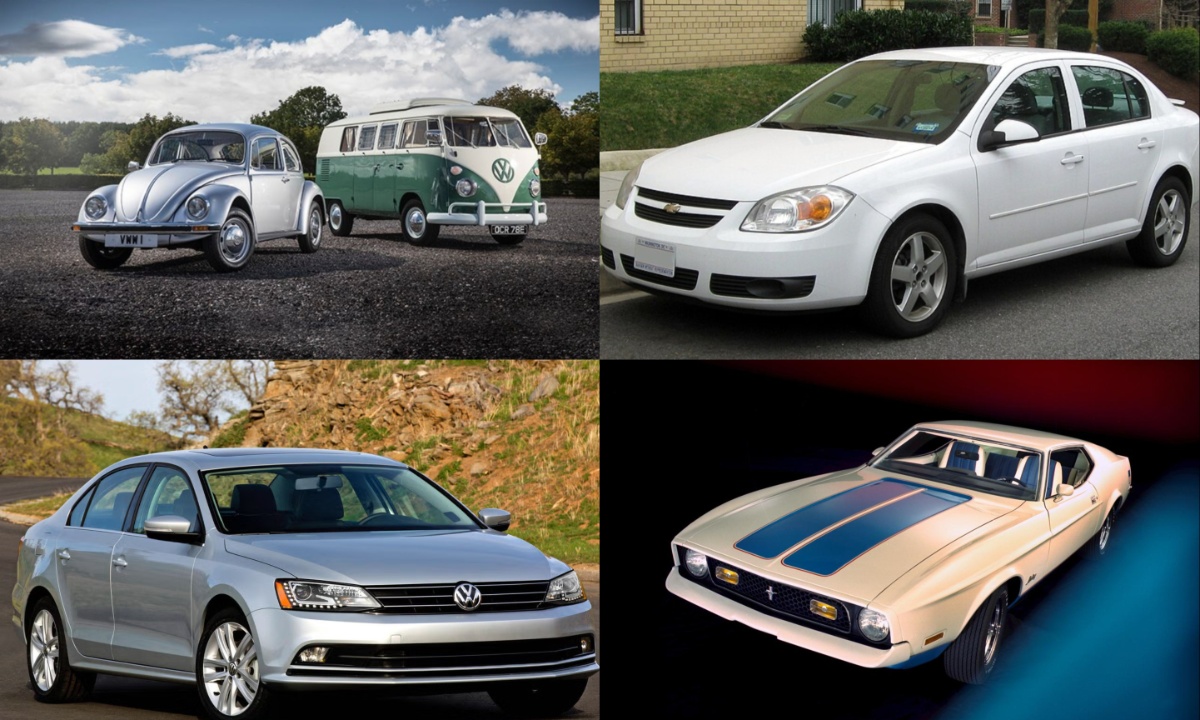Vehicle recalls are an unavoidable part of the automotive industry, ensuring that safety defects are addressed before they cause harm. While some recalls involve minor issues, others stem from serious mechanical failures or corporate negligence, leading to millions of vehicles being pulled off the road.
Over the years, some of these recalls have become infamous, costing automakers billions of dollars and, in some cases, endangering lives. From faulty engine mounts to explosive airbags, the history of vehicle recalls is a testament to the importance of stringent safety regulations and accountability in the industry.
10. Volkswagen Recall Addressing Safety Concerns in the 1960s
Volkswagen Beetles and Volkswagen T2s were among the most popular vehicles in the United States, with Beetle sales peaking at over 500,000 units annually in the 1960s. These cars were widely used and beloved, making any reported defects a matter of public concern. The high number of vehicles on the road meant that even minor mechanical issues could affect a significant portion of drivers.
During the late 1960s, the National Highway Traffic Safety Administration (NHTSA) began receiving numerous complaints about windshield wipers coming loose in Volkswagen vehicles.
This issue posed a serious safety hazard, as it impaired visibility, especially in poor weather conditions. After investigating the claims, the NHTSA determined that Volkswagen needed to address the problem and take corrective action.

Volkswagen responded by issuing a recall for vehicles manufactured between 1949 and 1969, with the majority being Beetles. The company offered to inspect and replace faulty parts, but initially, car owners were required to pay for the necessary repairs. Eventually, Volkswagen adjusted its policy and provided replacements at a nominal cost to resolve the issue.
9. General Motors Engine Mount Recall and Safety Controversy
General Motors, once highly regarded by millions of American drivers, faced a major scandal in 1969 when a severe safety issue led to one of the largest recalls in automotive history. The problem stemmed from defective engine mounts, which had been in use since 1958.
The first reported case of a broken Chevrolet motor mount was documented in September 1969, drawing attention to a potentially dangerous flaw in millions of GM vehicles.
When the left-side engine mount failed, it caused the engine to rise, pulling the accelerator linkage open and making the car accelerate uncontrollably. This movement also detached the power brake booster vacuum hose, making it much harder to stop the vehicle. By 1971, there were 172 reported cases of engine mount failure, leading to 63 accidents and 18 serious injuries.
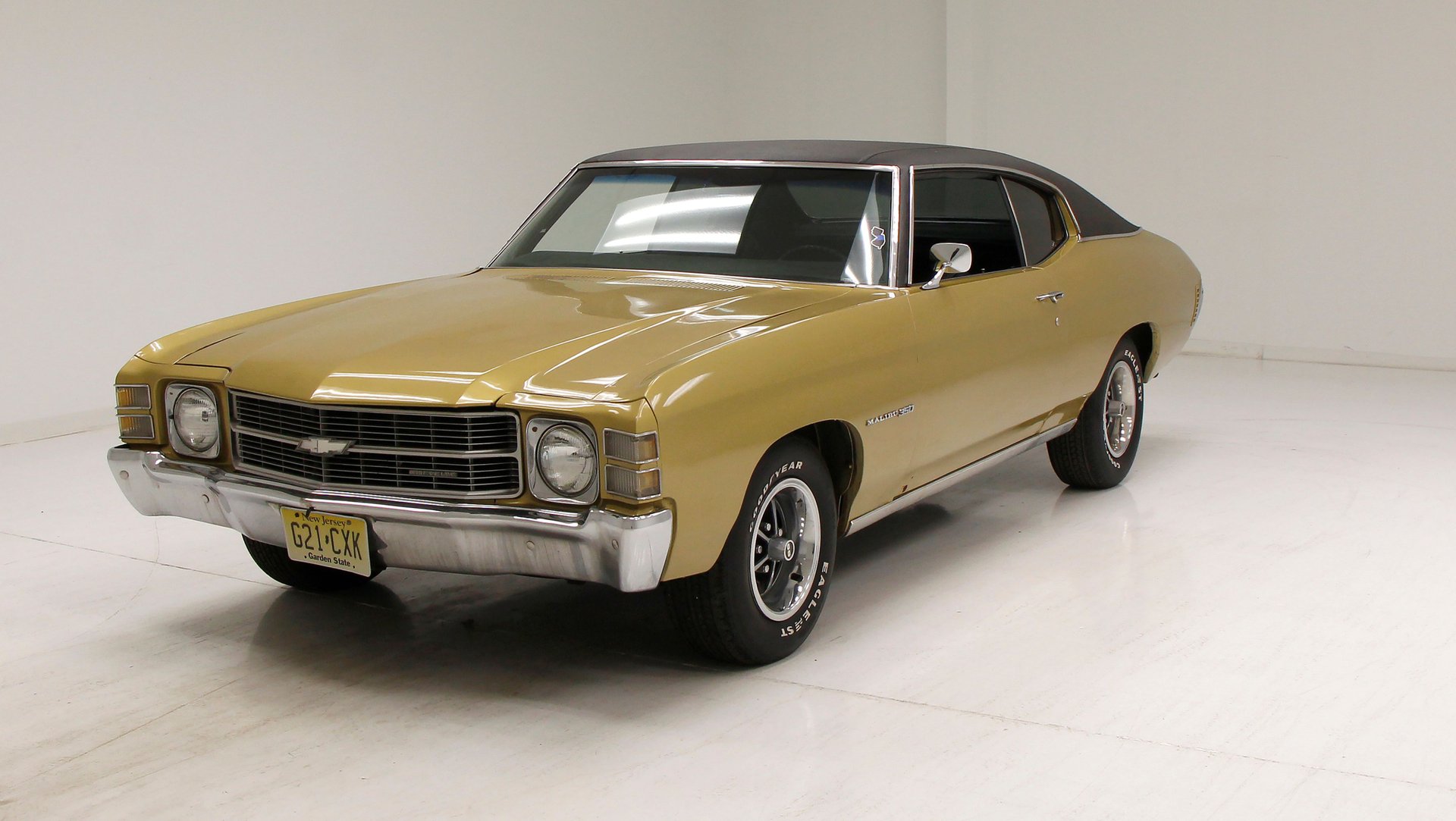
Despite this alarming trend, GM’s president at the time, Edward Cole, downplayed the issue, comparing it to a flat tire. However, government regulators insisted that GM take action.
Instead of replacing the faulty mounts, GM recalled 6.68 million vehicles—95% of the affected models—and installed a simple fix: a bracket and steel cable to restrict engine movement if the mount broke.
This solution was significantly cheaper than replacing the defective parts, costing the company less than a dollar per car. While the recall helped prevent further accidents, it also raised questions about GM’s approach to vehicle safety and cost-cutting measures.
8. Ford Pinto Recall and the Cost of Corporate Negligence
The Ford Pinto, introduced in 1971 as an affordable compact car, quickly became popular, selling over 328,000 units in its first year. However, the vehicle had a serious design flaw—its fuel system was prone to rupturing in rear-end collisions, leading to deadly fires.
Internal documents later revealed that Ford was aware of the issue before production but chose not to address it, as fixing the flaw would have added $11 per car. This decision became one of the most infamous examples of corporate negligence in automotive history.
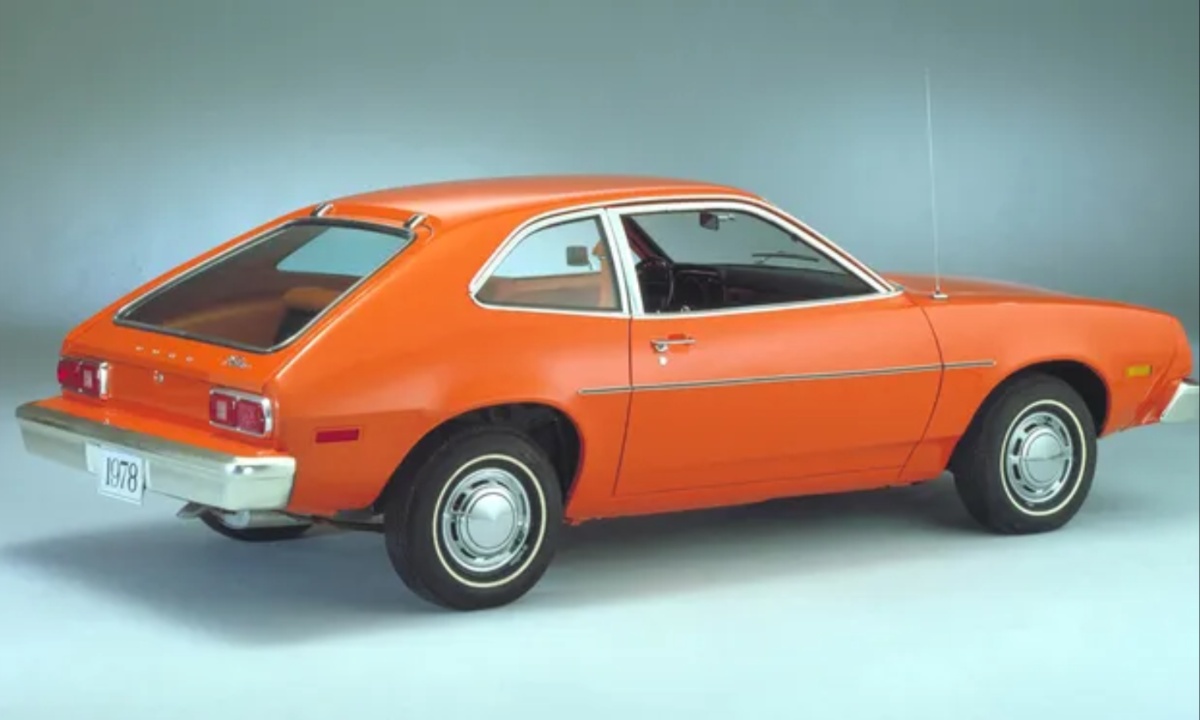
Public outrage grew when a leaked 1973 memo showed that Ford had calculated the projected number of deaths and the cost of lawsuits, ultimately determining that paying legal settlements was cheaper than fixing the defect. The revelation sparked heated debates in business ethics and led to one of the largest recalls of the time.
By 1978, after mounting pressure, Ford recalled 1.5 million Pintos and made crucial fuel system modifications. The defect was officially linked to 27 deaths, though some estimates suggest the number was much higher. Ford estimated the recall cost at $20 million, a price many believed should have been paid much earlier to prevent loss of life.
7. General Motors Ignition Switch Scandal and Massive Recall
General Motors’ recall crisis began in 2007 when the company was forced to recall 98,000 Chevrolet Cobalt models for failing to meet federal safety standards. The issue escalated in 2010 when another 1.3 million vehicles were recalled due to a faulty power steering system.
However, further investigations revealed that the problem extended beyond power steering, leading to a massive recall campaign that eventually affected nearly 30 million vehicles worldwide.
At the heart of the crisis was a critical design flaw—an ignition switch defect that could shut off essential safety systems like airbags and brake assist while the car was in motion. GM had been aware of this issue since 2004 but concealed it for years.
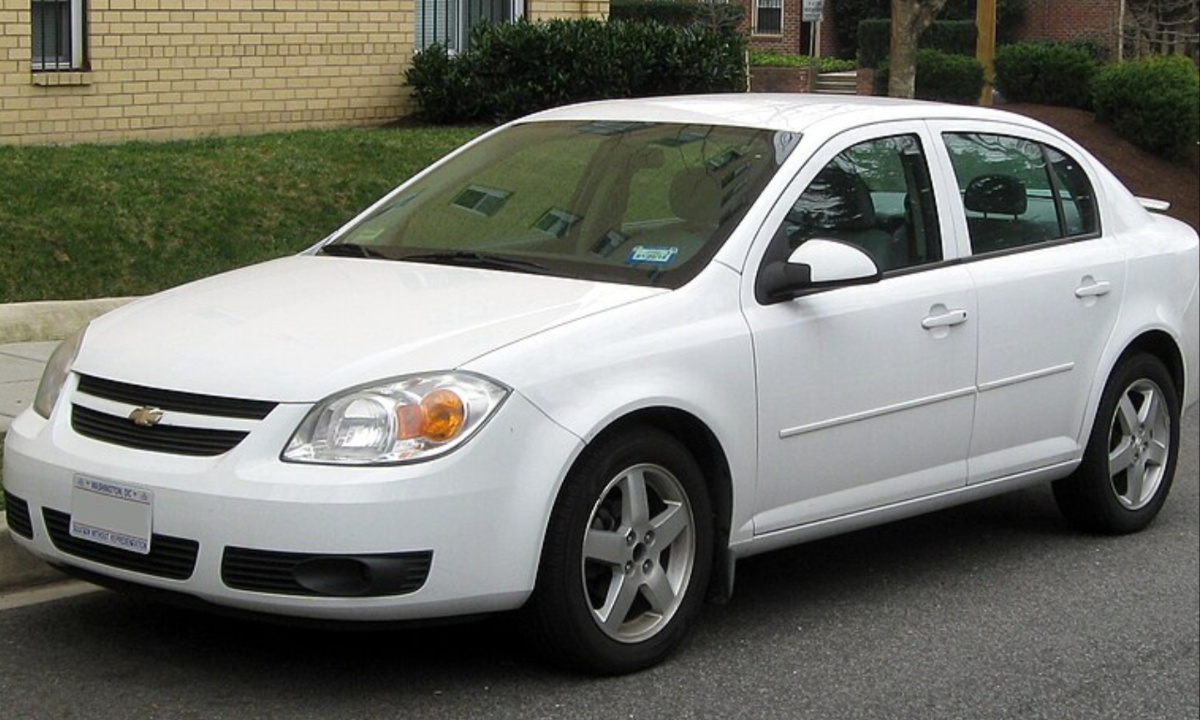
In 2006, the company chose to fix the problem only in new vehicle models, leaving millions of older cars on the road with dangerous defects. As accidents and fatalities mounted, GM finally agreed in 2014 to repair the ignition system in affected Chevrolet Cobalt and Pontiac G5 models.
The legal and financial consequences for GM were severe. In May 2014, the U.S. Department of Transportation fined the company $35 million for its failure to address the defect.
GM also paid $1.7 billion in recall-related costs during the first half of 2014 and set aside $550 million to compensate victims. Ultimately, the company paid out $2.5 billion in legal costs and settlements, covering claims linked to at least 124 deaths caused by the defect.
Also Read: Top 10 Sports Cars That Offer Incredible Speed and Performance
6. Toyota Power Window Switch Recall and Fire Hazard Concerns
Toyota, long regarded as one of the most reliable car manufacturers, faced a major recall in 2015 due to a serious defect in power window switches. The issue stemmed from a manufacturing flaw where some switches did not receive enough grease, leading to potential short circuits and fire hazards.
Over time, debris could accumulate at electrical contact points, causing overheating and even melting of components. Toyota acknowledged receiving 11 reports of burnt door trim and one case of a customer suffering a burn injury in the United States.
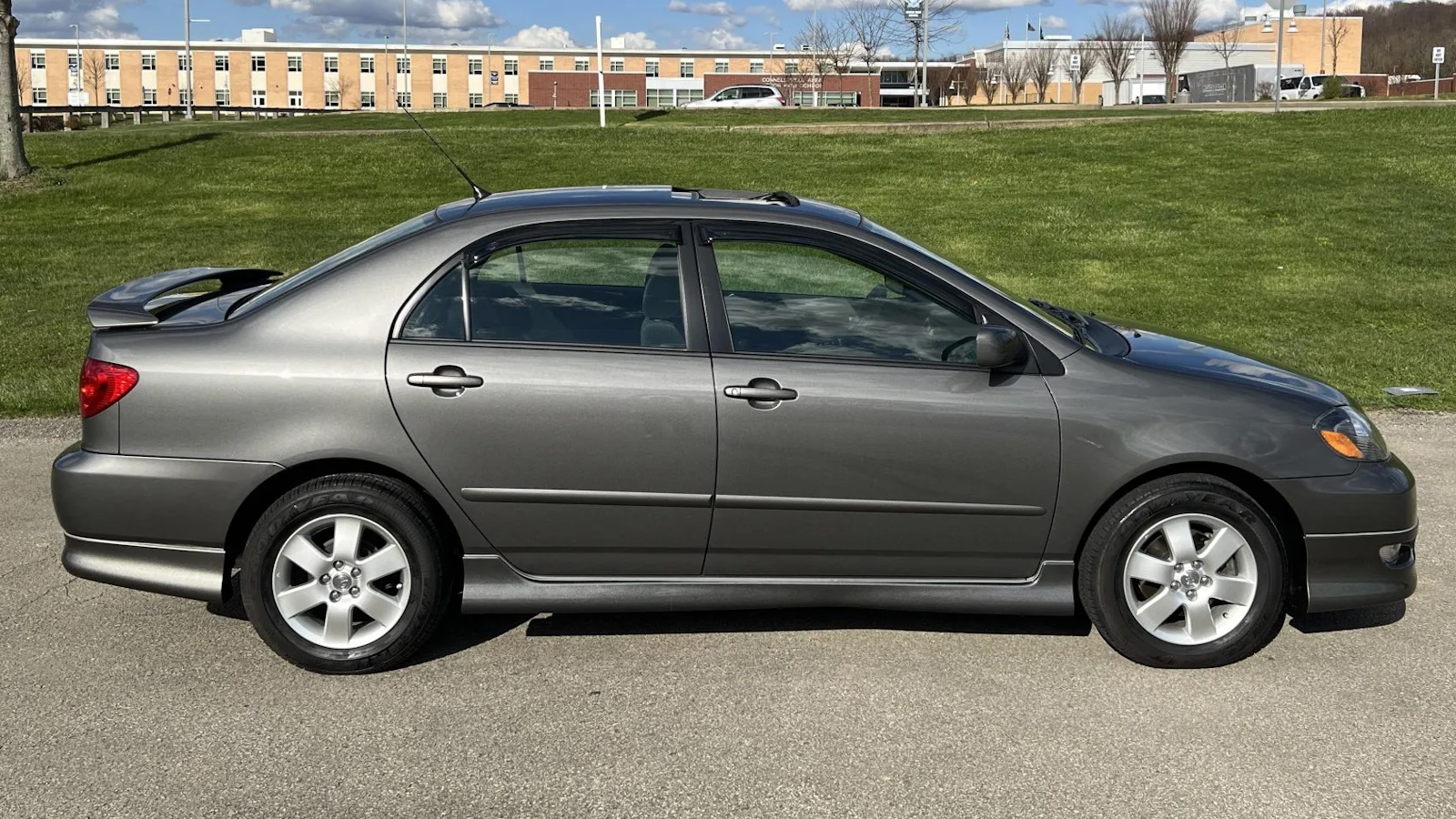
The recall affected a total of 6.5 million vehicles worldwide, with 2.7 million in North America alone. In the United States, 2 million cars were impacted, covering ten different models produced between 2005 and 2010.
Additional recalls extended to 1.2 million vehicles in Europe and 600,000 in Japan. Toyota’s swift response aimed to prevent further incidents and uphold its reputation for quality and safety in the global market.
5. Volkswagen Emissions Scandal and Its Costly Consequences
Volkswagen’s emissions scandal led to one of the largest automotive recalls in European history. In 2015, the company admitted that up to 11 million vehicles worldwide were equipped with “defeat devices” designed to cheat emissions tests.
Of these, 5 million were Volkswagen-branded cars, while 2.1 million were from Audi. In Europe alone, 8 million vehicles were affected. The first recall was issued in 2016, with Volkswagen committing to fixing cars with 1.6-liter and 2.0-liter diesel engines. While most were repaired through a software update, over a million required hardware modifications.
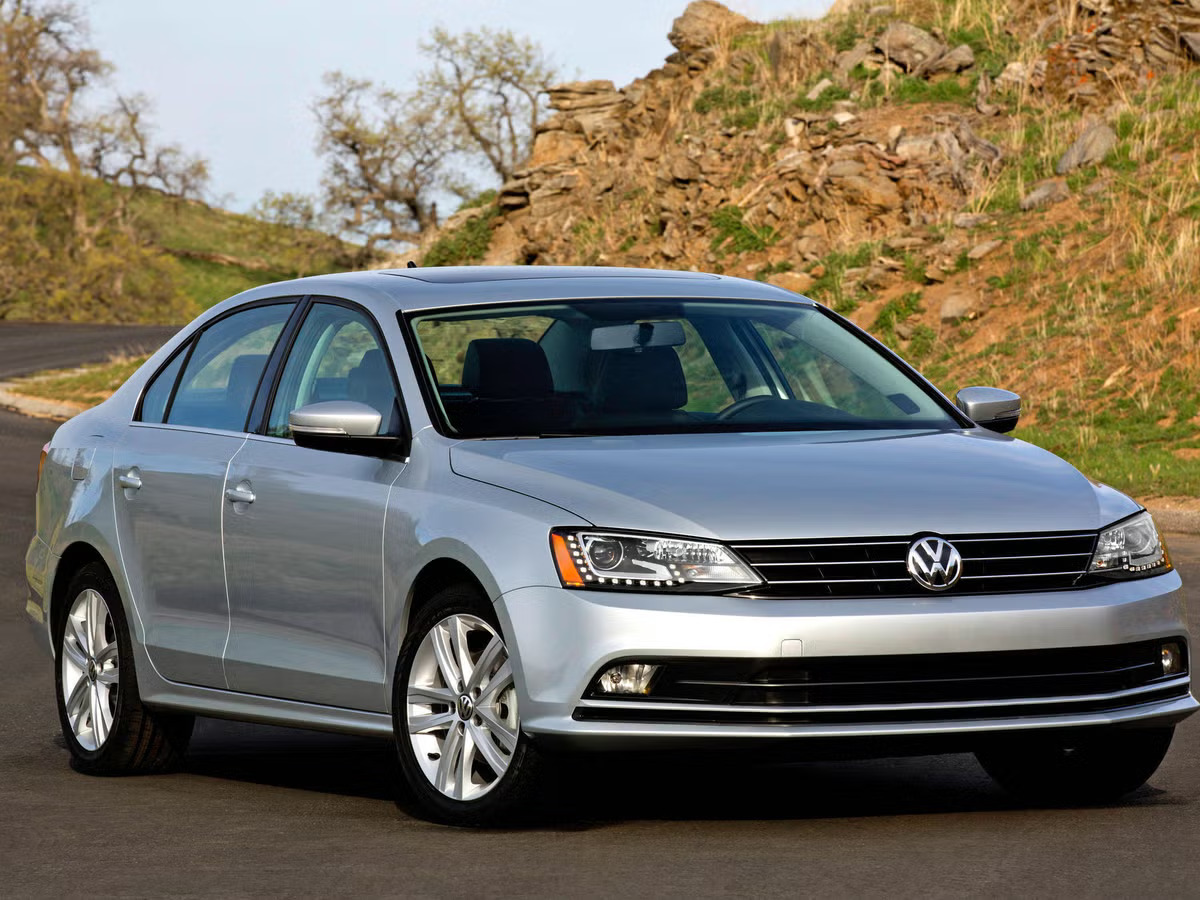
The financial and legal consequences were severe. Volkswagen initially set aside €6.5 billion to cover recall costs, but the actual expenses far exceeded this estimate. In the United States alone, the company paid $9.5 billion in compensation to affected drivers. The scandal also led to criminal charges, with Volkswagen pleading guilty in 2017.
Oliver Schmidt, a former VW engineer, was sentenced to seven years in prison for his role in the emissions fraud. Volkswagen faced a staggering $40 billion in fines, court fees, and settlements, making it one of the most costly corporate scandals in automotive history.
4. Toyota’s Unintended Acceleration Scandal Leads to Massive Recall and $1.2 Billion Fine
Toyota faced a massive recall crisis after reports of unintended acceleration in several of its vehicles. The first recall, issued on November 2, 2009, in collaboration with the National Highway Traffic Safety Administration (NHTSA), aimed to fix an issue where the driver’s side floor mat could trap the accelerator pedal.
However, further investigations revealed that some crashes were not caused by floor mat interference, leading to a second recall on January 21, 2010, which addressed a separate defect linked to a sticking accelerator pedal.
Toyota identified the defect as the “Sticking Accelerator Pedal” issue, which caused unintended acceleration due to mechanical sticking. The company initially reported the problem in its Defect Information Report on October 5, 2009, and later amended it in January 2010.
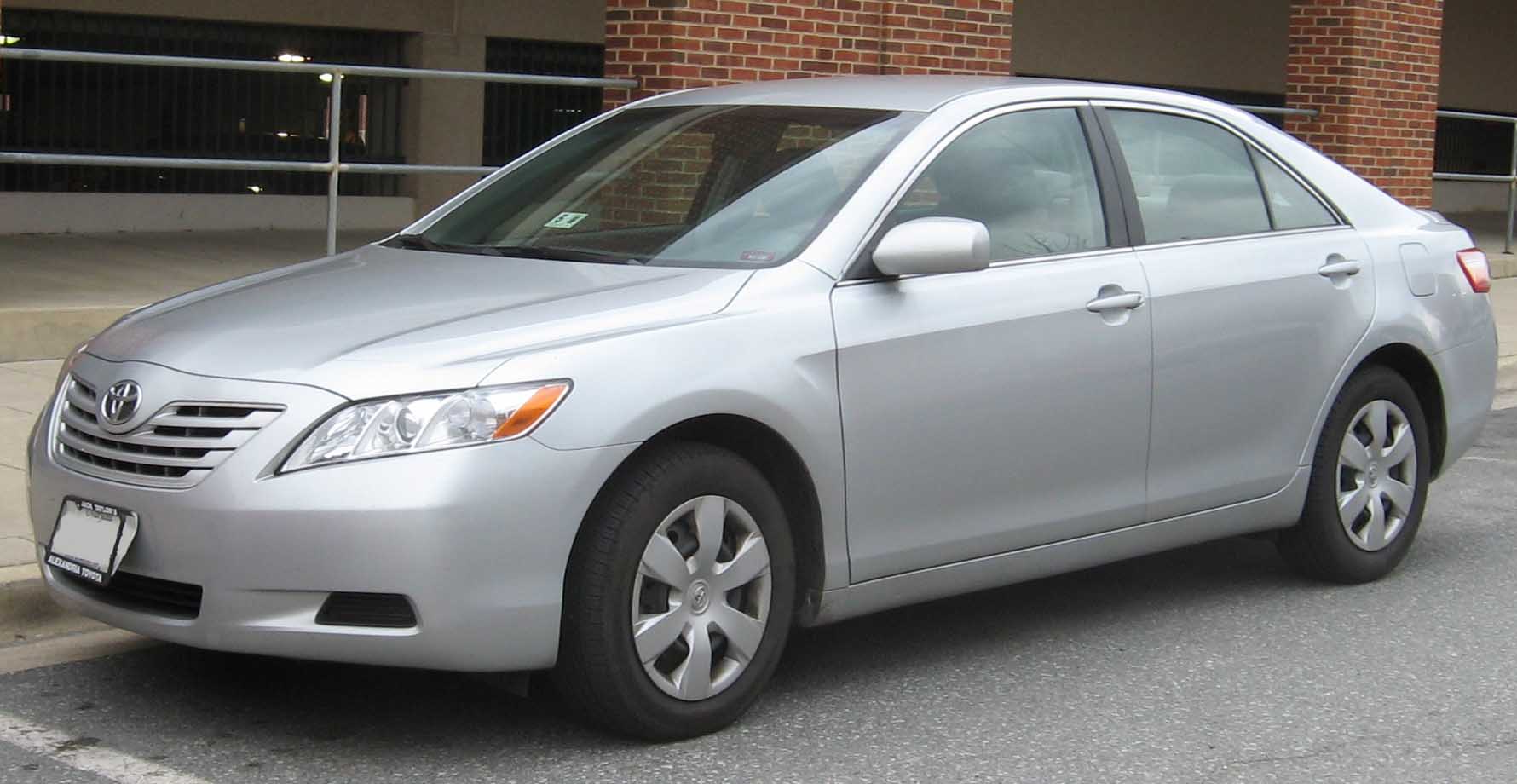
Following this, in February 2010, Toyota also recalled certain hybrid models due to faulty anti-lock brake software. The recall campaign resulted in widespread scrutiny and legal action against the automaker.
In total, Toyota recalled approximately 9 million vehicles worldwide, including 2.47 million in the United States. The defect was linked to over 2,000 cases of sudden acceleration and at least 16 deaths. As a result, Toyota was fined $1.2 billion for hiding the issue.
Additionally, sales of several affected models were temporarily halted while the company worked to replace defective parts, marking one of the most significant safety crises in Toyota’s history.
3. Ford’s Record-Breaking Recall: Addressing Ignition Switch and Cruise Control Fire Risks
In 1996, Ford faced the largest safety recall ever conducted by a single automaker at the time. The recall involved over 20 million vehicles, including popular models like the Crown Victoria, Mustang, Escort, and Explorer.
The issue stemmed from a faulty ignition switch, which had been installed in 23 million vehicles between 1984 and 1993. Reports indicated that the defect could cause overheating and even fires, leading to at least 2,000 reported incidents and 28 minor injuries.
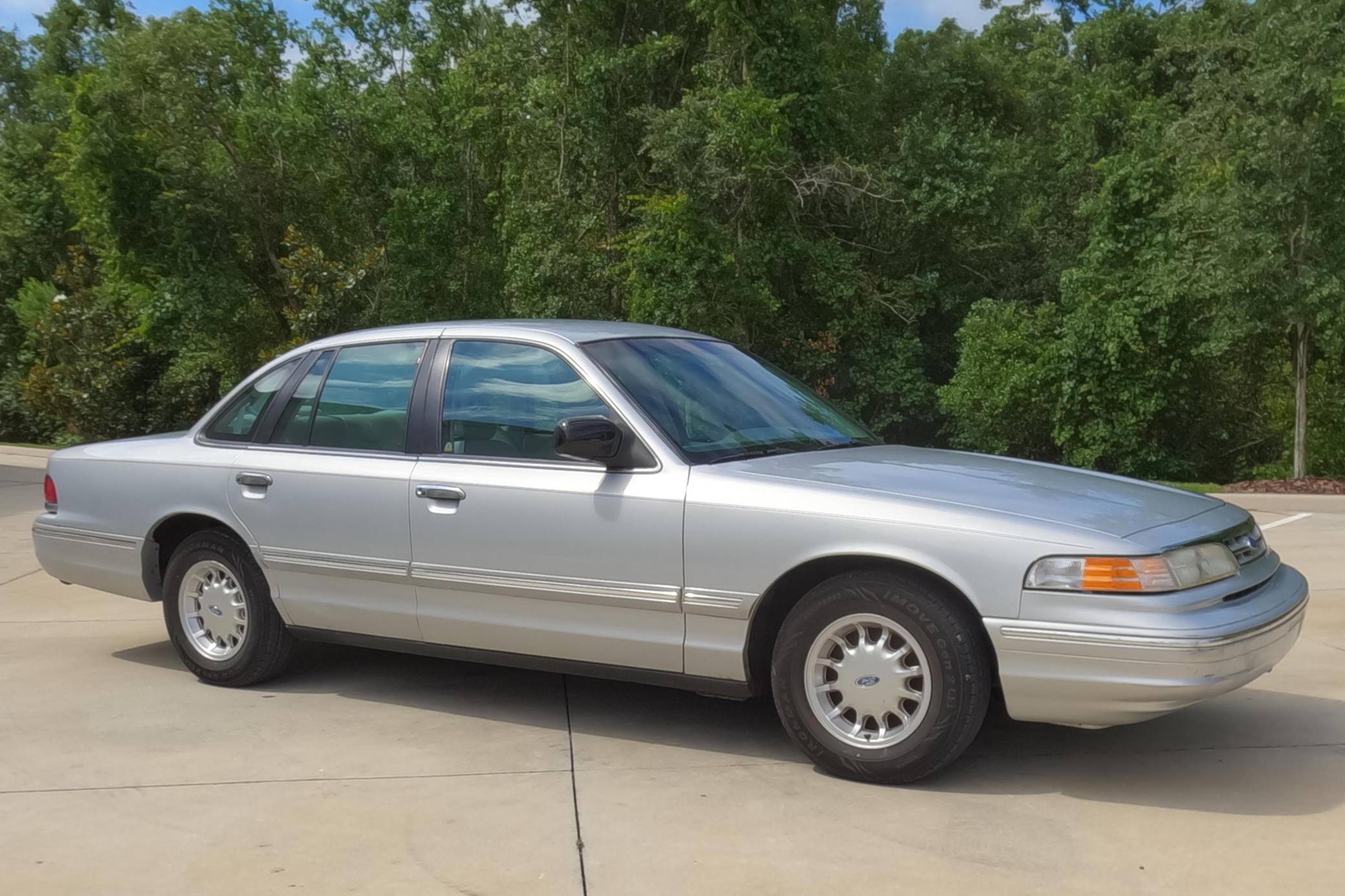
The first phase of the recall affected 8.7 million vehicles manufactured between 1988 and 1993. The defective ignition switches had the potential to short-circuit, even when the engine was turned off, increasing the risk of fire.
To address the issue, Ford spent approximately $200 million replacing the faulty components. However, the problem extended beyond ignition switches, forcing the company to take further action.
A few months later, Ford issued a second recall for an additional 14 million vehicles. This time, the issue was linked to a small electronic switch used in the cruise control system. When the brake pedal was pressed, the switch could overheat, posing another fire hazard. To fix this problem, Ford spent an additional $280 million, bringing the total cost of the recall to nearly half a billion dollars.
2. Ford’s Transmission Defect a Costly Decision That Compromised Safety
Ford’s transmission defect, affecting vehicles produced between 1966 and 1980, became a major safety concern when the National Highway Traffic Safety Administration (NHTSA) published a report revealing its dangers. The defect allowed the reverse gear to activate unexpectedly, posing a serious risk to drivers and pedestrians.
Reports indicated that at least 777 accidents and 23 fatalities were linked to the issue. Despite being aware of the problem since 1972, Ford chose not to implement a fix that would have cost just $0.03 per vehicle.
As complaints mounted, NHTSA considered mandating the recall of 23 million Ford vehicles, which would have been the largest automotive recall in history. However, Ford negotiated with the government to avoid this costly measure.

Instead of recalling the vehicles, the company agreed to send warning labels to affected car owners, instructing them to ensure their vehicles were properly parked to prevent sudden movement. This controversial decision allowed Ford to evade a full-scale recall but did little to address the underlying safety issue.
While Ford avoided financial ruin through this agreement, the company still faced significant legal consequences. Over time, it became the subject of more than a hundred lawsuits, with damages totaling over $1.7 billion.
Additionally, NHTSA received a staggering 23,000 complaints related to the faulty transmissions, including reports of 6,000 accidents, 1,710 injuries, and 98 fatalities. The case remains one of the most controversial examples of corporate decision-making prioritizing cost savings over consumer safety.
1. Takata’s Safety Scandals and the Road to Bankruptcy
Takata, once one of the world’s leading airbag suppliers, became entangled in two major safety scandals that severely damaged its reputation. The first incident surfaced in 1995 when defects in Takata-manufactured seat belts were discovered in vehicles from major automakers such as Honda, Nissan, and GM.
The issue involved a faulty latch button that could break, potentially locking passengers inside. This led to a massive recall of over 8 million vehicles, costing an estimated $1 billion to fix. While serious, this scandal was soon overshadowed by an even more devastating crisis involving Takata’s airbags.
In 2013, reports emerged that Takata airbags had a critical defect that caused them to explode, spraying metal fragments at vehicle occupants. This flaw was linked to up to 30 million affected vehicles worldwide, and further investigations revealed that both Takata and Honda had known about the issue since at least 2004 but failed to take immediate action.
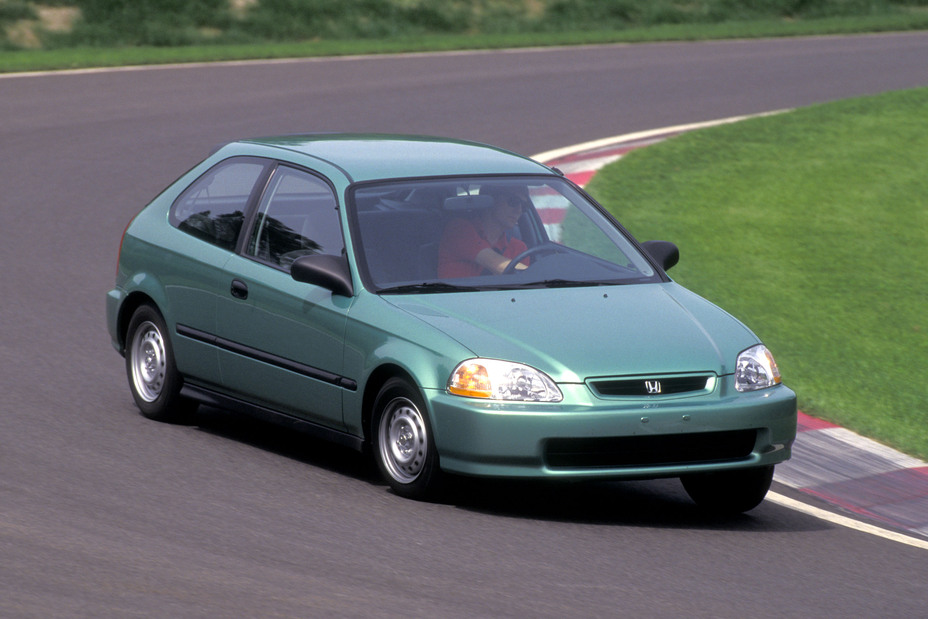
The consequences were severe—Honda was fined $70 million, and Takata faced additional penalties for withholding information from the National Highway Traffic Safety Administration. The crisis led to a wave of lawsuits, government investigations, and increasing financial losses for the company.
Ultimately, the financial burden from the airbag recalls forced Takata into bankruptcy in 2017. However, the impact of its faulty airbags continued beyond the company’s collapse. By the end of 2019, approximately 65-70 million vehicles had been recalled, with around 42 million still awaiting replacement.
Despite Takata’s downfall, the ongoing recalls serve as a stark reminder of the dangers posed by defective automotive safety equipment and the lasting repercussions of corporate negligence.
Vehicle recalls have remained at historically high levels, with automakers issuing millions of safety-related recalls each year. In 2020 alone, 30.3 million passenger cars in the United States were recalled, according to a study by the Center of Automotive Management.
The trend continued into 2021, with 18.6 million vehicles recalled in just the first half of the year. As a result, the recall rate—measuring recalled vehicles as a percentage of new registrations—remained significantly high, reaching 227 percent in early 2021, compared to 219 percent in 2019.
Over the past decade, the U.S. has witnessed more than 331 million vehicle recalls, with a recall rate averaging 201 percent between 2011 and 2020. By mid-2021, the total number of recalled passenger vehicles had reached nearly 350 million, reinforcing a pattern where more than twice as many vehicles were recalled for safety defects as new cars sold.
This persistent trend highlights the growing focus on vehicle safety, regulatory oversight, and the increasing complexity of modern automobiles, which often leads to frequent defects and recalls.
Also Read: Top 10 Sports Cars That Offer Incredible Speed and Performance

